Alice’s Adventures in Wonderland, penned by Lewis Carroll, is a beloved classic that has captivated readers for generations. Behind the whimsical story lies a treasure trove of fascinating trivia, adding depth to our understanding and appreciation of this timeless tale. Here are some delightful facts about Lewis Carroll and his famous work.
Lewis Carroll’s Real Name
Lewis Carroll is the pen name of Charles Lutwidge Dodgson. Born on January 27, 1832, in Daresbury, England, Dodgson was a man of many talents—an accomplished mathematician, a logician, a photographer, and a writer. He adopted the pseudonym Lewis Carroll by Latinizing and anglicizing his first two names, creating a distinct literary identity separate from his academic pursuits.
The Real Alice
The character of Alice in Alice’s Adventures in Wonderland was inspired by a real girl named Alice Liddell. Alice was the daughter of Henry Liddell, the Dean of Christ Church College, Oxford, where Dodgson taught mathematics. Dodgson befriended the Liddell family, and during a boat trip in 1862, he entertained Alice and her sisters with a spontaneous tale of a girl named Alice who falls down a rabbit hole. This story would later become the basis for the book.
Original Illustrations by Lewis Carroll
Lewis Carroll illustrated the manuscript before John Tenniel’s iconic illustrations became synonymous with Alice’s Adventures in Wonderland. Carroll’s original drawings were simple and charming, capturing the whimsical essence of the story. However, recognizing the need for professional illustrations to enhance the book’s appeal, Carroll enlisted Tenniel, whose detailed and imaginative illustrations brought Wonderland to life in a way that has endured for over a century.
A Mathematical Mind
Beyond his literary achievements, Dodgson was a brilliant mathematician. He taught at Christ Church College and authored numerous mathematical texts under his real name. His logical puzzles and games reflect his analytical mind, which is evident in the intricate wordplay and puzzles within Alice’s Adventures in Wonderland. The book’s playful use of logic and language continues to delight readers, showcasing Dodgson’s unique ability to blend his mathematical expertise with storytelling.
Innovative Use of Language
One of the most remarkable aspects of Alice’s Adventures in Wonderland is its inventive use of language. Dodgson coined several new words and phrases that have entered the English lexicon. The term chortle, for example, first appeared in his poem Jabberwocky, a playful portmanteau of chuckle and snort. His playful manipulation of language has inspired countless writers and linguists, cementing his legacy as a master wordsmith.
The Mock Turtle’s Inspiration
The Mock Turtle, a character in Alice’s Adventures in Wonderland, was inspired by a popular dish of the Victorian era: mock turtle soup. This soup was made from a calf’s head to mimic the taste and texture of the more expensive green turtle soup. Carroll’s clever wordplay and the character’s melancholy disposition add a layer of satire to the whimsical world of Wonderland, poking fun at contemporary culinary trends.
A Timeless Appeal
Since its publication in 1865, Alice’s Adventures in Wonderland has never been out of print. Its enduring popularity has inspired numerous adaptations in various media, including stage plays, films, and television shows. The book’s themes of curiosity, identity, and the absurdity of life resonate with readers of all ages, ensuring its place as a cornerstone of children’s literature.
The Birth of a Sequel
The success of Alice’s Adventures in Wonderland led to the creation of a sequel, Through the Looking Glass and What Alice Found There, published in 1871. This continuation of Alice’s adventures introduced readers to new characters like Tweedledee and Tweedledum, as well as the memorable poem Jabberwocky. The sequel further cemented Carroll’s reputation as a literary genius and expanded the fantastical universe he created.
Lewis Carroll’s Alice’s Adventures in Wonderland remains a beloved classic. Its whimsical characters, imaginative settings, and playful language enchant readers worldwide. These trivia facts offer a glimpse into the fascinating world behind the story, enhancing our appreciation of Carroll’s literary masterpiece.
Note: If you enjoyed these fun facts about Lewis Carroll and Alice, stay tuned for more intriguing literary trivia and stories that reveal the hidden gems of your favorite books.
We Don’t Want to Write the Laws; We Want to Publish the Books
Publication Consultants: The Synonym for Book Publishing—https://publicationconsultants.com



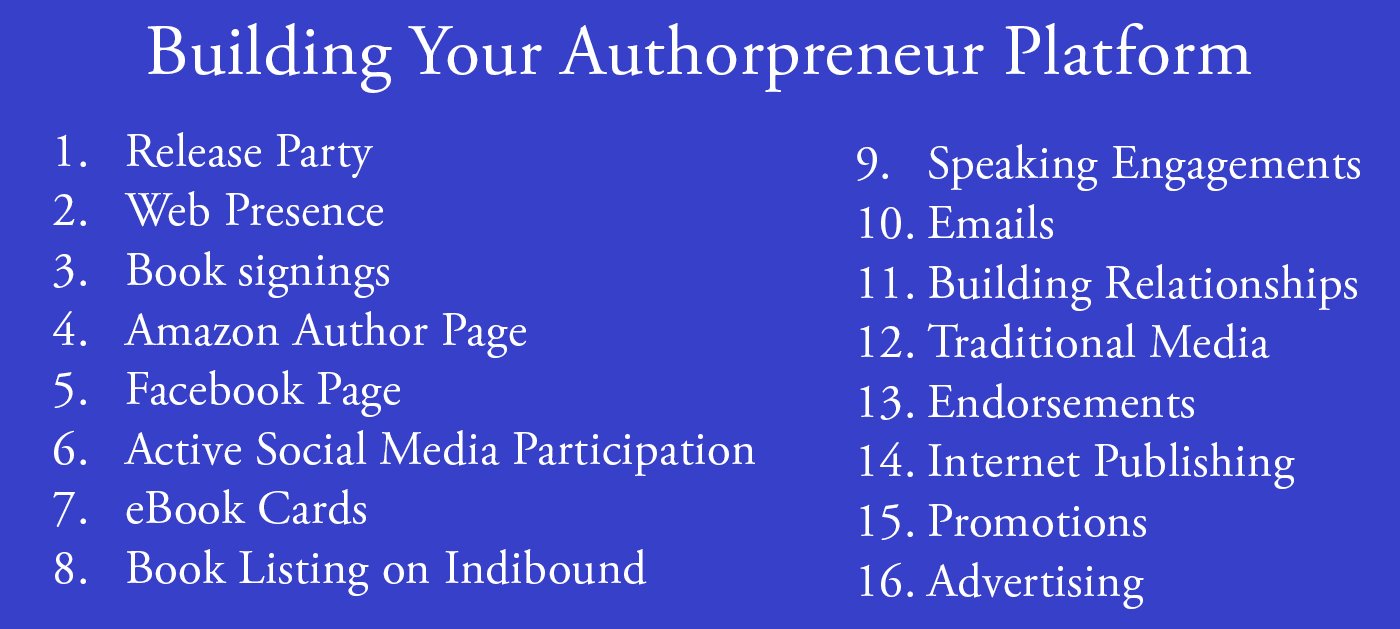
 This is Publication Consultants’ motivation for constantly striving to assist authors sell and market their books. Author Campaign Method (ACM) of sales and marketing is Publication Consultants’ plan to accomplish this so that our authors’ books have a reasonable opportunity for success. We know the difference between motion and direction. ACM is direction! ACM is the process for authorpreneurs who are serious about bringing their books to market. ACM is a boon for them.
This is Publication Consultants’ motivation for constantly striving to assist authors sell and market their books. Author Campaign Method (ACM) of sales and marketing is Publication Consultants’ plan to accomplish this so that our authors’ books have a reasonable opportunity for success. We know the difference between motion and direction. ACM is direction! ACM is the process for authorpreneurs who are serious about bringing their books to market. ACM is a boon for them. Release Party
Release Party Web Presence
Web Presence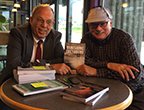 Book Signings
Book Signings Facebook Profile and Facebook Page
Facebook Profile and Facebook Page Active Social Media Participation
Active Social Media Participation Ebook Cards
Ebook Cards The Great Alaska Book Fair: October 8, 2016
The Great Alaska Book Fair: October 8, 2016


 Costco Book Signings
Costco Book Signings eBook Cards
eBook Cards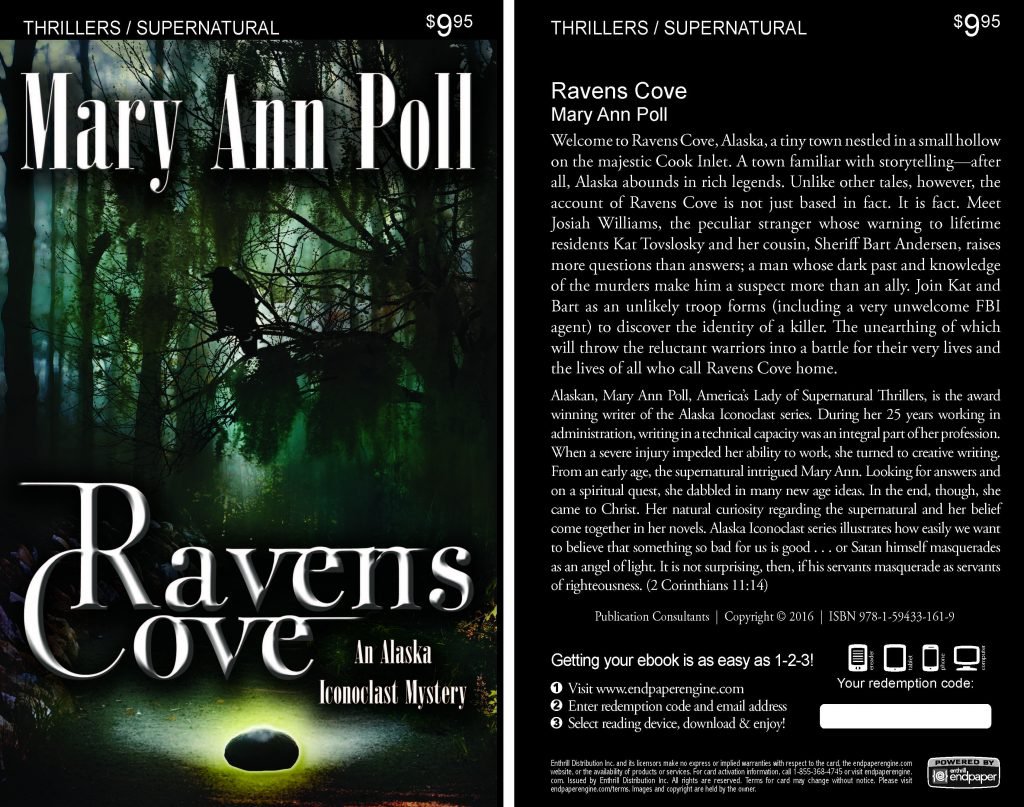

 Benjamin Franklin Award
Benjamin Franklin Award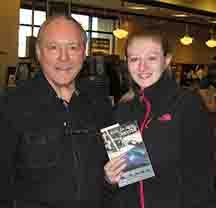 Jim Misko Book Signing at Barnes and Noble
Jim Misko Book Signing at Barnes and Noble
 Cortex is for serious authors and will probably not be of interest to hobbyists. We recorded our Cortex training and information meeting. If you’re a serious author, and did not attend the meeting, and would like to review the training information, kindly let us know. Authors are required to have a Facebook author page to use Cortex.
Cortex is for serious authors and will probably not be of interest to hobbyists. We recorded our Cortex training and information meeting. If you’re a serious author, and did not attend the meeting, and would like to review the training information, kindly let us know. Authors are required to have a Facebook author page to use Cortex. Correction:
Correction: This is Publication Consultants’ motivation for constantly striving to assist authors sell and market their books. ACM is Publication Consultants’ plan to accomplish this so that our authors’ books have a reasonable opportunity for success. We know the difference between motion and direction. ACM is direction! ACM is the process for authors who are serious about bringing their books to market. ACM is a boon for serious authors, but a burden for hobbyist. We don’t recommend ACM for hobbyists.
This is Publication Consultants’ motivation for constantly striving to assist authors sell and market their books. ACM is Publication Consultants’ plan to accomplish this so that our authors’ books have a reasonable opportunity for success. We know the difference between motion and direction. ACM is direction! ACM is the process for authors who are serious about bringing their books to market. ACM is a boon for serious authors, but a burden for hobbyist. We don’t recommend ACM for hobbyists.

 We’re the only publisher we know of that provides authors with book signing opportunities. Book signing are appropriate for hobbyist and essential for serious authors. To schedule a book signing kindly go to our website, <
We’re the only publisher we know of that provides authors with book signing opportunities. Book signing are appropriate for hobbyist and essential for serious authors. To schedule a book signing kindly go to our website, < We hear authors complain about all the personal stuff on Facebook. Most of these complaints are because the author doesn’t understand the difference difference between a Facebook profile and a Facebook page. Simply put, a profile is for personal things for friends and family; a page is for business. If your book is just a hobby, then it’s fine to have only a Facebook profile and make your posts for friends and family; however, if you’re serious about your writing, and it’s a business with you, or you want it to be business, then you need a Facebook page as an author. It’s simple to tell if it’s a page or a profile. A profile shows how many friends and a page shows how many likes. Here’s a link <> to a straight forward description on how to set up your author Facebook page.
We hear authors complain about all the personal stuff on Facebook. Most of these complaints are because the author doesn’t understand the difference difference between a Facebook profile and a Facebook page. Simply put, a profile is for personal things for friends and family; a page is for business. If your book is just a hobby, then it’s fine to have only a Facebook profile and make your posts for friends and family; however, if you’re serious about your writing, and it’s a business with you, or you want it to be business, then you need a Facebook page as an author. It’s simple to tell if it’s a page or a profile. A profile shows how many friends and a page shows how many likes. Here’s a link <> to a straight forward description on how to set up your author Facebook page.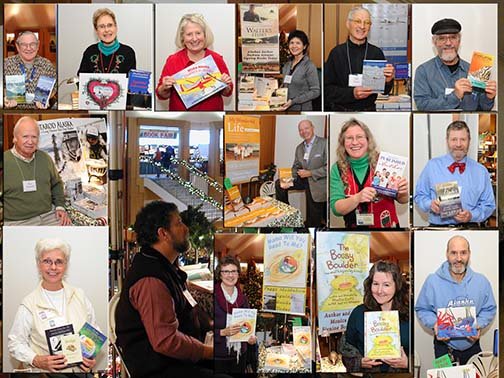



 Mosquito Books has a new location in the Anchorage international airport and is available for signings with 21 days notice. Jim Misko had a signing there yesterday. His signing report included these words, “Had the best day ever at the airport . . ..”
Mosquito Books has a new location in the Anchorage international airport and is available for signings with 21 days notice. Jim Misko had a signing there yesterday. His signing report included these words, “Had the best day ever at the airport . . ..”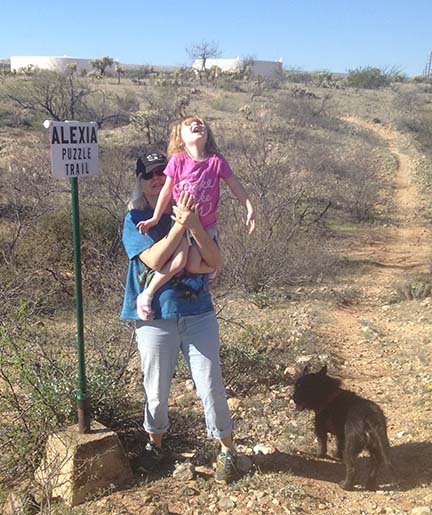


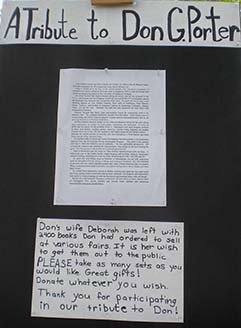
 The Lyin Kings: The Wannabe World Leaders
The Lyin Kings: The Wannabe World Leaders
 Time and Tide
Time and Tide


 ReadAlaska 2014
ReadAlaska 2014 Readerlink and Book Signings
Readerlink and Book Signings
 2014 Independent Publisher Book Awards Results
2014 Independent Publisher Book Awards Results

 Bonnye Matthews Radio Interview
Bonnye Matthews Radio Interview
 Rick Mystrom Radio Interview
Rick Mystrom Radio Interview When he published those overseas blogs as the book The Innocents Abroad, it would become a hit. But you couldn’t find it in bookstores.
When he published those overseas blogs as the book The Innocents Abroad, it would become a hit. But you couldn’t find it in bookstores. More NetGalley
More NetGalley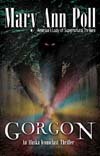 Mary Ann Poll
Mary Ann Poll
 Bumppo
Bumppo
 Computer Spell Checkers
Computer Spell Checkers Seven Things I Learned From a Foreign Email
Seven Things I Learned From a Foreign Email 2014 Spirit of Youth Awards
2014 Spirit of Youth Awards Book Signings
Book Signings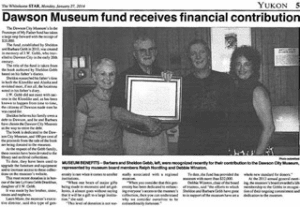
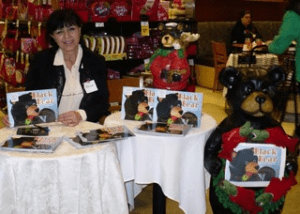
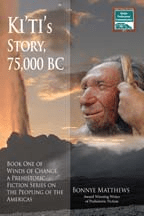
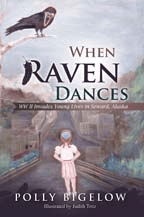 Blog Talk Radio
Blog Talk Radio Publication Consultants Blog
Publication Consultants Blog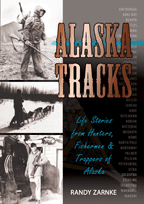 Book Signings
Book Signings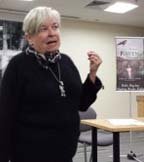
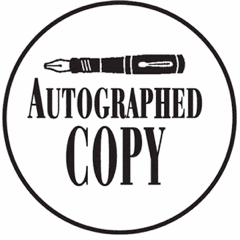
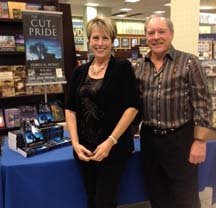

 Don and Lanna Langdok
Don and Lanna Langdok Ron Walden
Ron Walden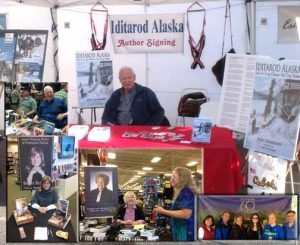 Book Signings Are Fun
Book Signings Are Fun Release Party Video
Release Party Video
 Erin’s book,
Erin’s book,  Heather’s book,
Heather’s book,  New Books
New Books